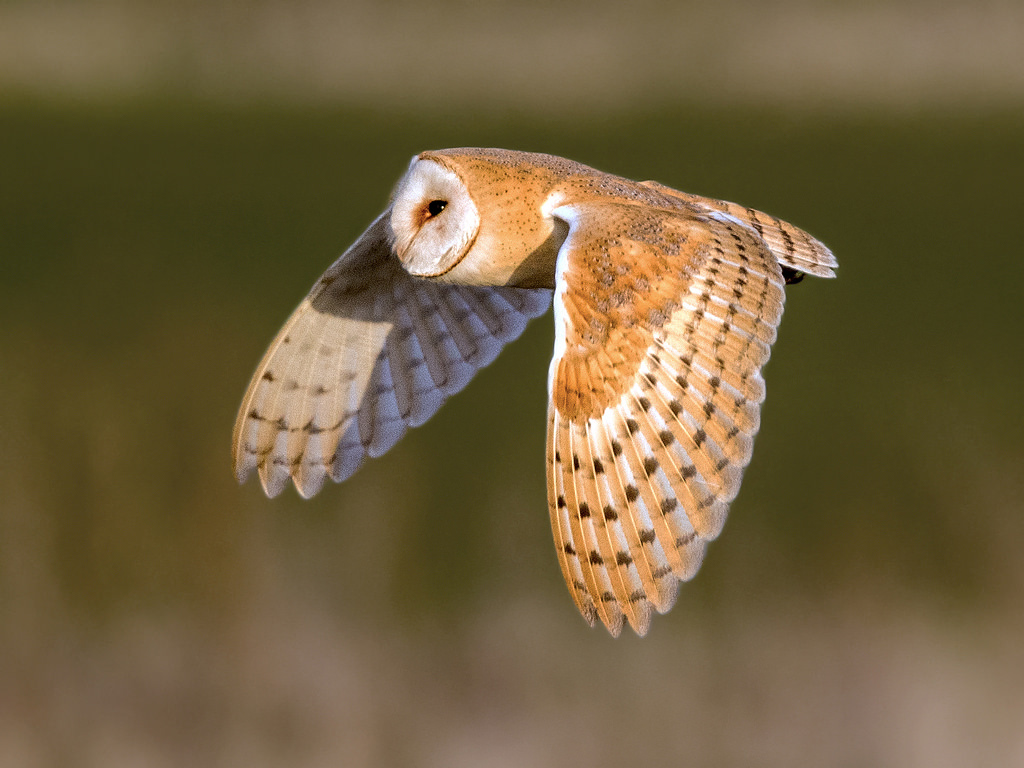

In other cases it is more like a huge raven. In most cases it has been said to resemble an owl. It is sometimes described as black in color and sometimes as white as snow. Depending on which telling you hear, the massive bird can range in stature from the size of a small human to 7 feet tall and can have a wingspan of 15 feet. There are many descriptions and stories about the Lechuza and we will first describe the creature and relate the stories.

Is this creature real, or is it part of folklore and myth or maybe something else? The massive bird has been called La Lechuza for its resemblance to an owl. Considering all this, I think that you can probably safely get away with using either "lechuza" or "búho" in order to refer to all owls without anyone looking at you strangely.What’s that huge creature in the skies of Chihuahua? In this episode we will investigate the gigantic bird sightings happening all over northern Mexico and the Rio Grande Valley of Texas for centuries.

The other family, Strigidae, includes animals which are variously referred to as búhos, lechuzas, mochuelos, tecolotes, autillos, cárabos, el ñacurutú and el chuncho, among others. The common term "lechuza" refers to the family Tytonidae (barn owls). This order is also further subdivided into two general families. In terms of Linnaean classification, however, the term "owl" is a word used to reference all animals of the order Strigiformes (las estrigiformes). That is to say that most people are not particularly interested in taxonomic names. This is probably due to the fact that most people don't go around naming animals by their Linnaean classification. In addition there are several other common names given to various types of owls such as mochuelos, autillos, cárabos, nuco and caburés.Īll that being said, I think that in Spanish any distinction that might exist between the terms "lechuza" and "búho" is often lost in everyday speech (as already alluded to by Gekkosan), just as in English many people will only make reference to "owls" rather than drawing a distinction between horned-owls and barn-owls. For example, the Short-eared owl ( Asio flammeus) has "ear tufts" which are not immediately apparent and this is reflected in the fact that it is commonly referred to as both "búho campestre" and "lechuza campestre."Įven more confusing, in certain countries (México, El Salvador, Guatemala and Honduras), horned-owls (búhos) are sometimes referred to as tecolotes. With some owl species, the distinction is not alway immediately apparent. I think that the use of the word "búho" for certain types of owls is probably related to the fact that the word stems from the Latin word "bubo." Coincidentally, the animal of the genus and species Bubo bubo is "Búho Real" (in Spanish). When you look at the definition of " Lechuza" in the RAE, it seems to be a description of the common barn owl, Tyto alba, or in Spanish, "Lechuza común," a type of owl which consequently is of the un-horned variety. los ojos grandes y colocados en la parte anterior de la cabeza, sobre la cual tiene unas plumas alzadas que figuran orejas. de color mezclado de rojo y negro, calzada de plumas The RAE also makes reference to the fact that the word "búho" refers to owls of the horned variety: Habitualmente designa especies que, a diferencia de los búhos, no tienen plumas alzadas que parecen orejas. Lechuza es el nombre común de varias aves del orden de las estrigiformes. Regarding the difference between the two, (if there is a distinction to be made), I believe that Eddy is correct that owls with tufts of feathers which stick up over their heads (sometimes referred to as "horns" or "ears") are sometimes designated as "búhos." Here is a Wikipedia exerpt:


 0 kommentar(er)
0 kommentar(er)
